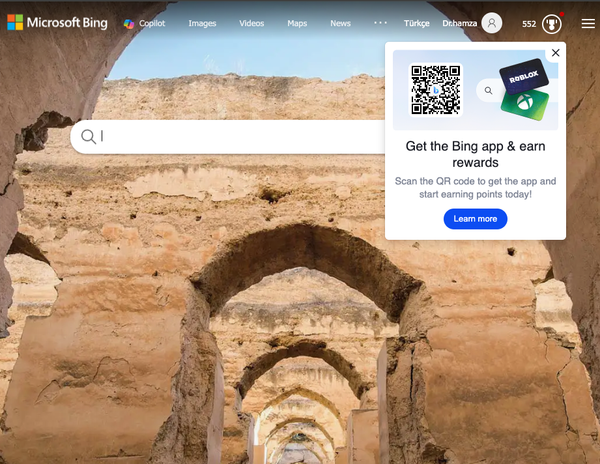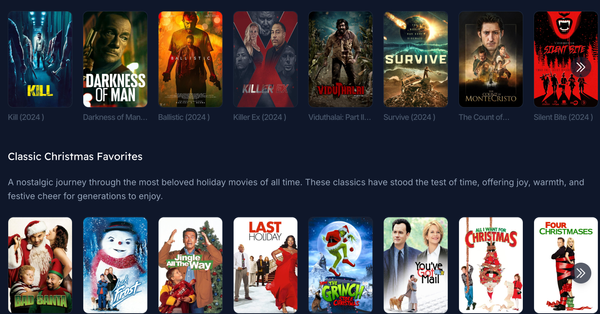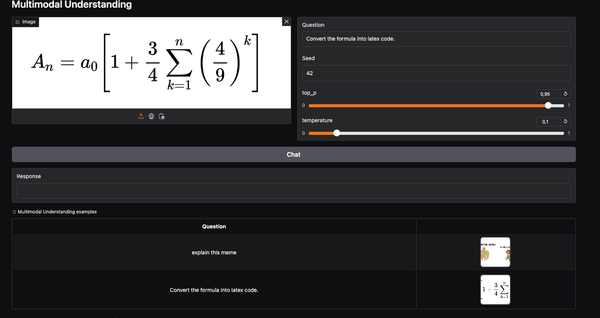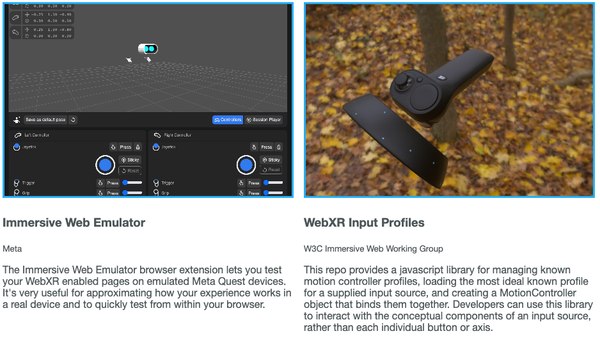Push Notifications and Fitness Apps: Motivating Users to Stay Active
Are You Truly Ready to Put Your Mobile or Web App to the Test?
Don`t just assume your app works—ensure it`s flawless, secure, and user-friendly with expert testing. 🚀
Why Third-Party Testing is Essential for Your Application and Website?We are ready to test, evaluate and report your app, ERP system, or customer/ patients workflow
With a detailed report about all findings
Contact us nowTable of Content
In today’s era, where technology plays a vital role in our daily lives, fitness apps have completely transformed the way we approach our health and well-being. What used to be a journey has now become an inspiring experience. At the forefront of this transformation are notifications – powerful tools that help users stay engaged and motivated to maintain an active lifestyle.
1. The Influence of Push Notifications
If you are wondering what is a push notification and its significance, push notifications have become a feature in fitness apps, serving as reminders and sources of motivation for users. These short messages, directly sent to the users’ devices, provide information like workout reminders, progress updates, personalized awards, and challenges. When utilized effectively, push notifications can significantly impact user engagement. Ultimately, it contributes to the app’s success.
2. Establishing Daily Goals and Reminders
Fitness apps employ push notifications in one way by allowing users to set goals and reminders. By enabling users to personalize their workout schedules, these apps can send reminders that encourage users to complete their planned exercise routines.
Here's a rewritten version that aims to mimic human writing;
Reminders can serve as prompts, reminding users that it's time to get active, or they can provide tailored suggestions based on individual preferences and goals.
For instance, a push notification might say something like, "To break a sweat? How about going for a 30-minute run today?" This personalized approach helps users feel acknowledged and gives them that boost to maintain a lifestyle.
3. Recognizing Milestones and Accomplishments
Acknowledging and celebrating milestones and achievements plays a vital role in keeping motivation and engagement high throughout one’s fitness journey. Push notifications are a tool for this purpose. When users reach milestones like completing a number of workouts or achieving personal records, fitness apps can send congratulatory messages or award badges through push notifications.
For example, a push notification could read, "Congratulations! You've successfully completed 100 workouts. Keep up the work!" This recognition not only instills a sense of accomplishment in users but also fosters a positive and supportive relationship between the app and its users.
4. Customized Challenges and Competitions
Competition can be a motivator in the realm of fitness. Fitness apps can leverage push notifications to create personalized challenges and competitions among their users.
For instance, imagine if an app could send a notification to its users saying something like, "Are you ready to take your game to the next level? Why not challenge your friends to a step competition this weekend? The winner will earn bragging rights and a special badge!"
These personalized challenges not only encourage users to push themselves but also create a sense of community and responsibility. By bringing users into competition, fitness apps can establish an environment that fosters long-term engagement and loyalty.
5. Informative and Educational Updates
Push notifications can go beyond messages. They can also serve as a means of providing educational updates to the users. For example, an app might send a notification with tips on maintaining form and techniques for exercises or updates on the latest research and trends in the world of fitness.
These informative updates not only keep users engaged but also helps them make informed decisions about their health and well-being. By delivering information through notifications, fitness apps position themselves as reliable sources of knowledge and expertise.
6. Integration with Devices
To enhance motivation and engagement further, fitness apps can seamlessly integrate with wearable devices, like fitness trackers or smartwatches. These devices have the capability to provide real-time information about users’ activity levels, heart rate, and even their sleep patterns.
Fitness applications can utilize this data to send personalized push notifications based on the users’ activity or lack thereof. For instance, if a user has been inactive for a long time, the app might send a push notification saying, "It's time to get up and move! 10 minutes of stretching can make a difference."
By combining devices with notifications, fitness applications can offer users immediate feedback and motivation, making their fitness journey more dynamic and captivating.
7. Striking a Balance Between Frequency and Relevance
While push notifications can be a tool for engaging users, it is crucial to find the balance between how frequently they are sent and their relevance. Bombarding users with notifications can quickly lead to irritation and cause them to abandon the application. Conversely, sending notifications that are not aligned with the user’s goals or preferences may result in disinterest.
Fitness applications should have an understanding of their user’s needs. Personalize push notifications accordingly. By allowing users to customize their notification preferences and settings, these applications can ensure that they deliver timely notifications that enhance the user experience rather than detract from it.
In conclusion
Push notifications have become crucial in keeping users engaged and motivated within fitness apps. By using messages, celebrating accomplishments, presenting challenges, and sharing updates, fitness apps can effectively maintain user engagement and motivation throughout their fitness journey. When appropriately customized and aligned with the users’ preferences, push notifications have the potential to greatly contribute to long-term engagement and success in the realm of fitness apps.











